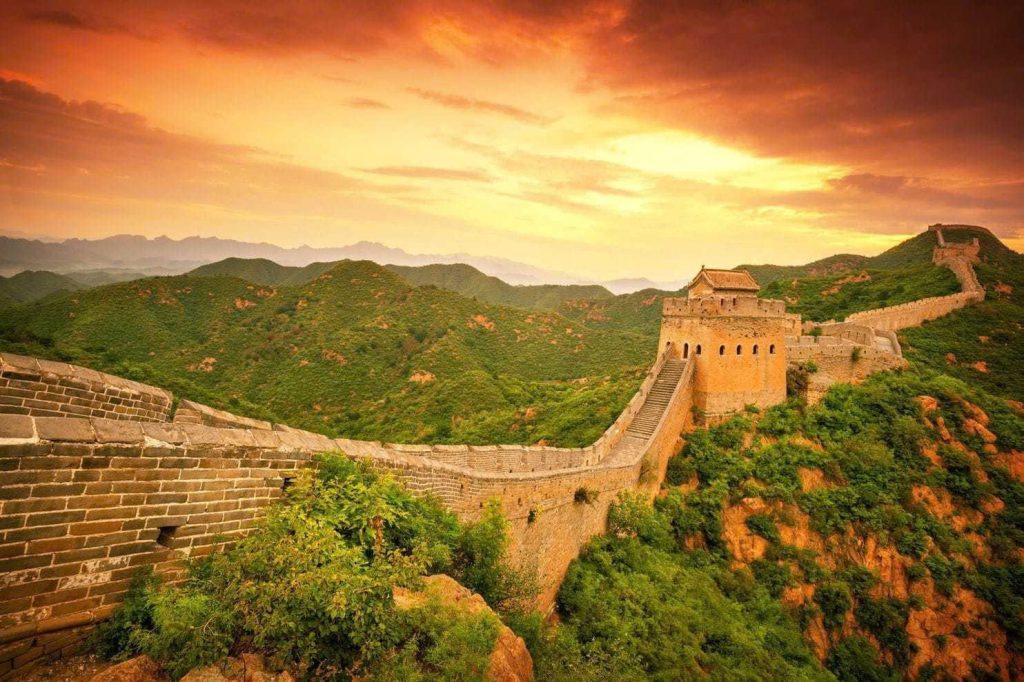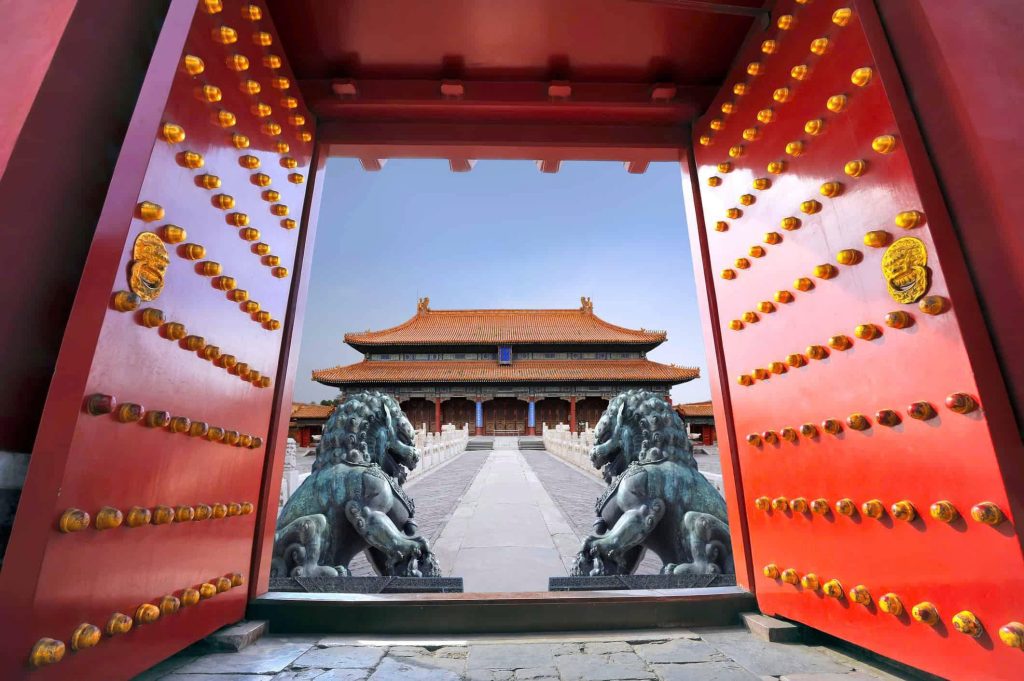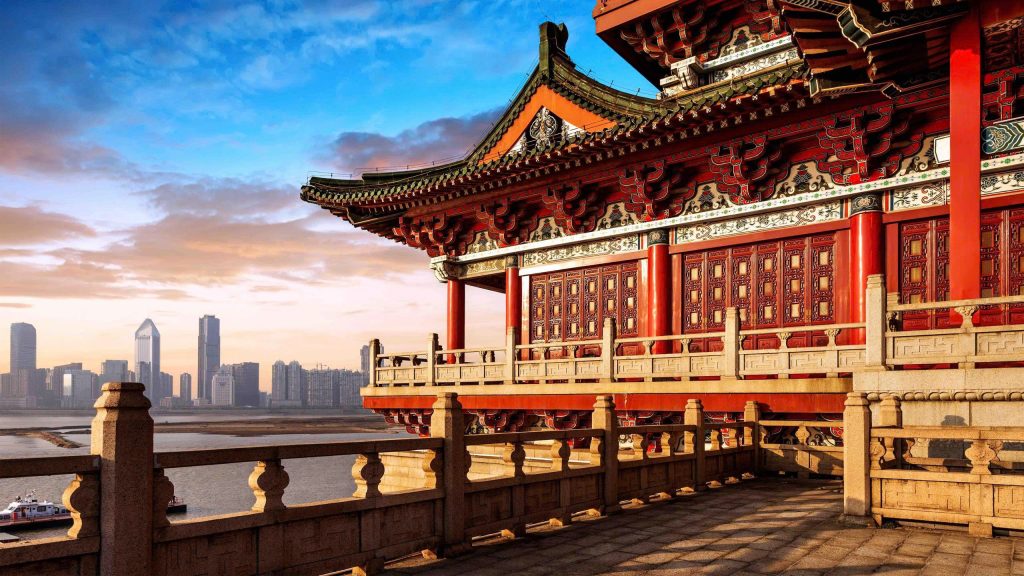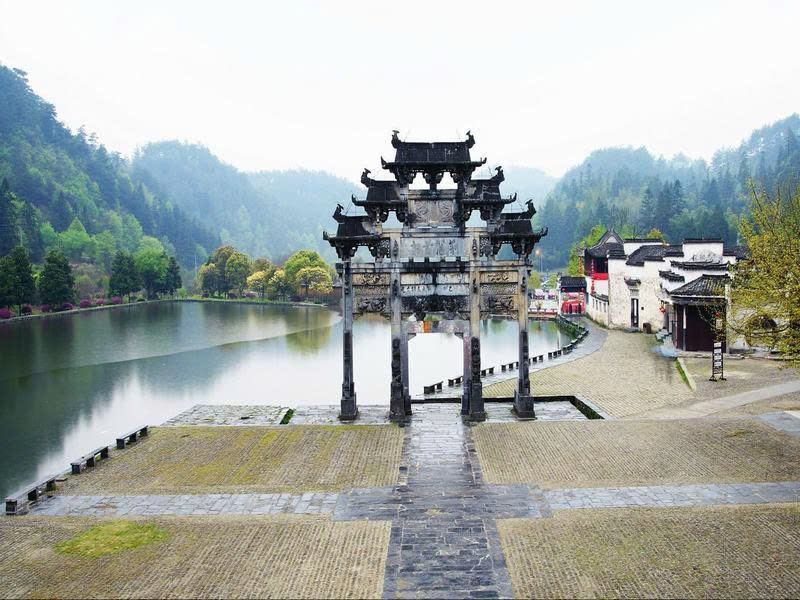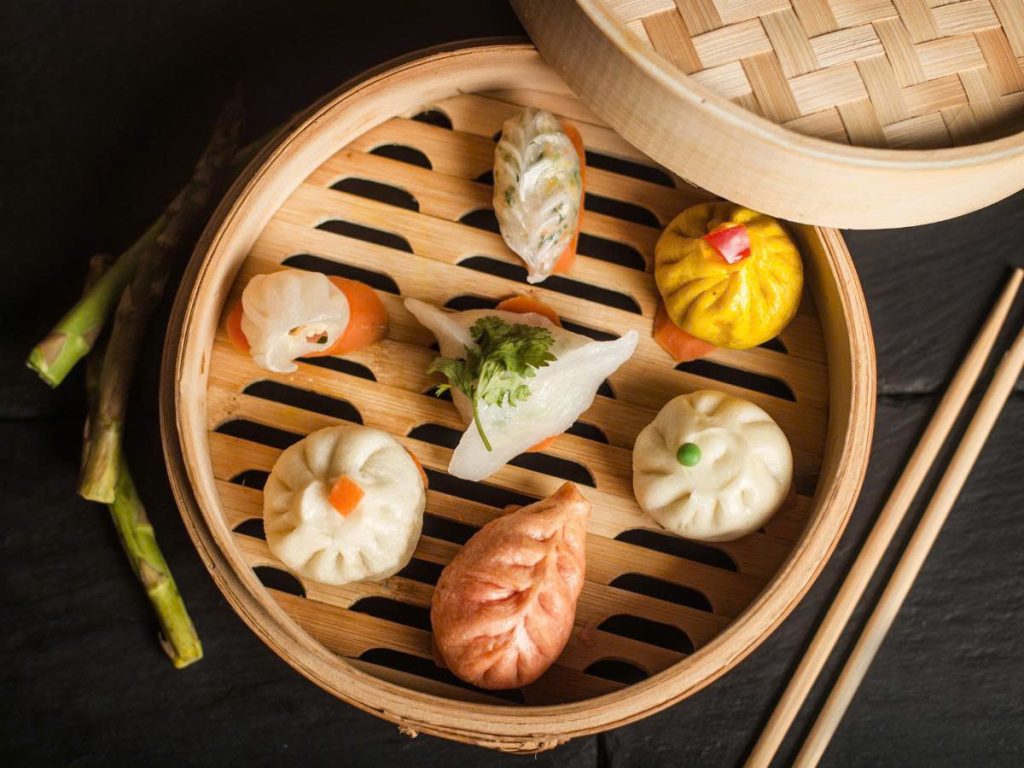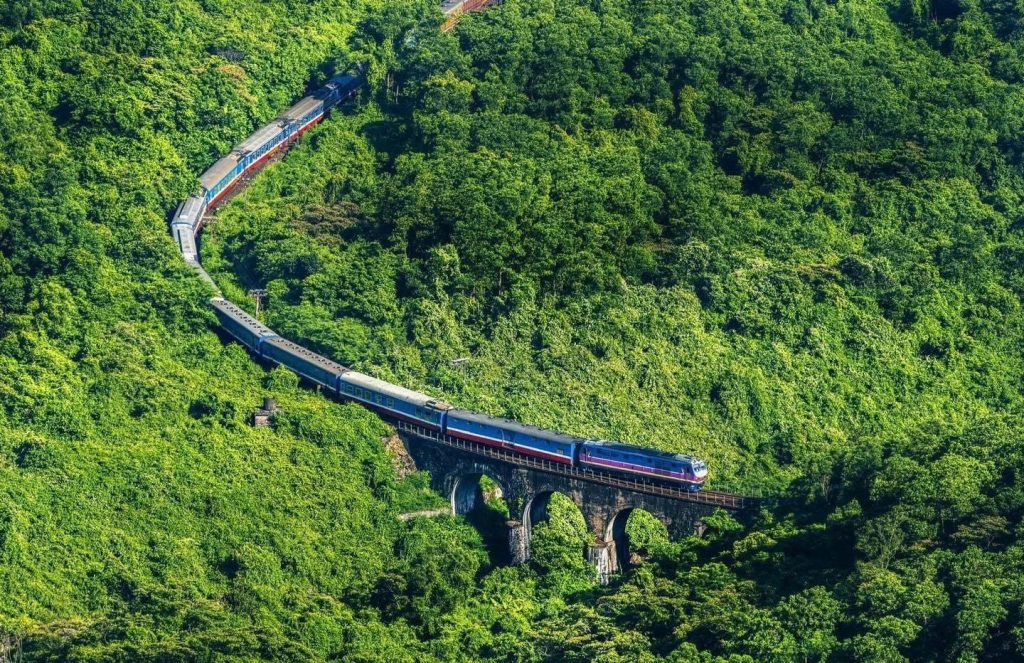Planning a trip from Vietnam to China by land can be an exciting adventure, but choosing the right border crossing is crucial for a smooth and efficient journey. With several options available, knowing the pros and cons of each will save you time, money, and hassle. This comprehensive guide, based on extensive traveler feedback and expert advice, will help you decide which is the best border crossing for your trip.
The land border between Vietnam and China is marked by several official gates, but three stand out as the most popular and reliable choices for international travelers: Hữu Nghị Gate, Lào Cai Gate, and Móng Cái Gate. Each offers a unique route and serves different travel purposes.
1. Hữu Nghị Gate (Lạng Sơn, Vietnam to Youyiguan, Guangxi, China)
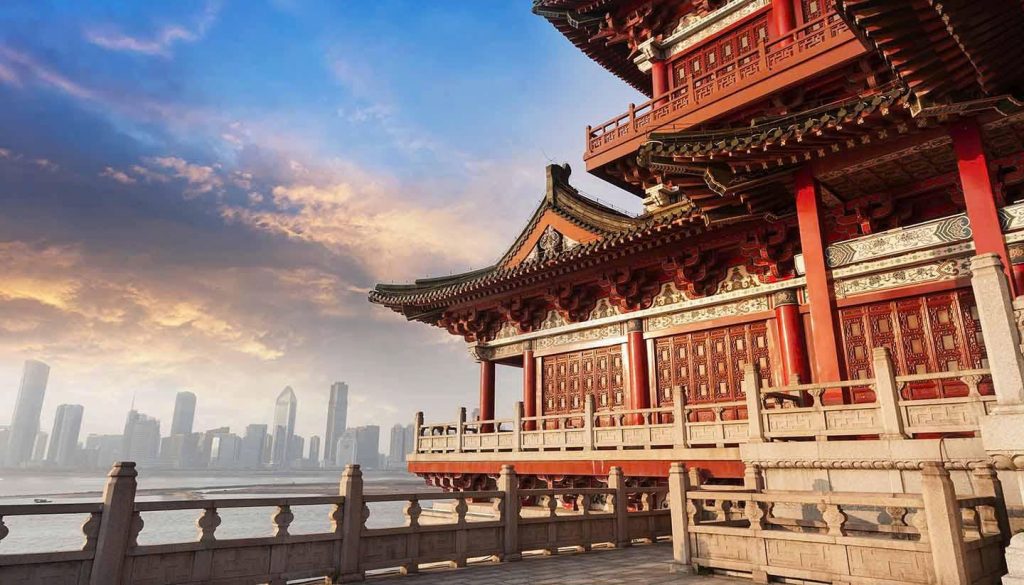
Often considered the most popular and straightforward option, the Hữu Nghị Gate is the gateway to southern China and the city of Nanning. This route is ideal for those starting their journey from Hanoi.
- Why it’s a Top Choice:
-
- Strategic Location: Located just a few hours from Hanoi, it’s easily accessible by bus or private car.
- Efficiency: The crossing is well-organized and generally processes a high volume of travelers, making it a reliable choice for a quick entry.
- Gateway to Nanning: From here, you can easily catch a train or bus to major cities like Guangzhou, Shanghai, and Beijing.
- How to Get There:
- From Hanoi to Lạng Sơn: The most common way is to take a direct shuttle bus or a limousine van, which takes about 3 hours. Alternatively, you can take a train to Lạng Sơn station.
- At the Border: Once you arrive at the border, you will take an electric shuttle bus across a short bridge to the Chinese immigration office.
- Traveler’s Tip: This is the best option if your final destination is Nanning or if you plan to travel deep into China via the extensive high-speed rail network.
2. Lào Cai Gate (Lào Cai, Vietnam to Hekou, Yunnan, China)
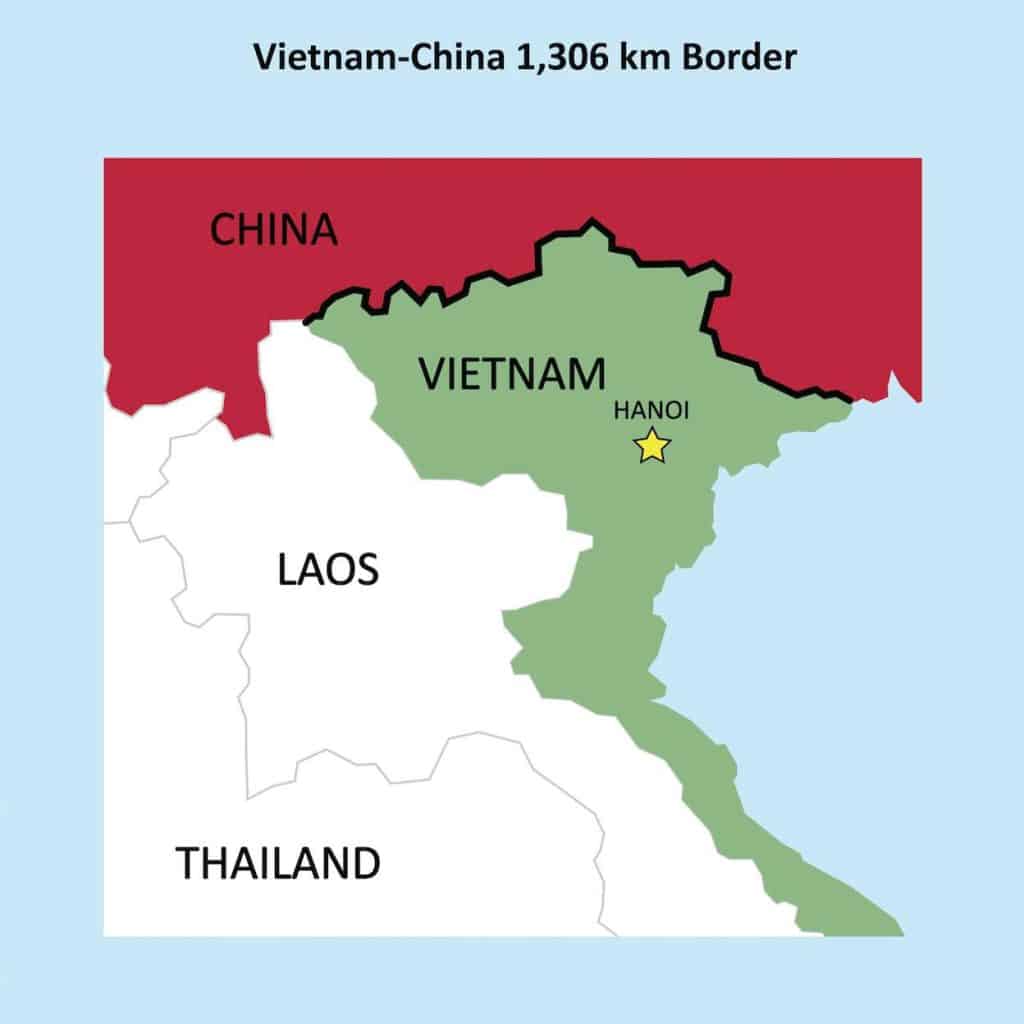
For travelers heading to the scenic Yunnan province of China, the Lào Cai Gate is the undisputed best choice. This crossing connects the vibrant town of Lào Cai with the bustling city of Hekou.
- Why it’s a Top Choice:
- Gateway to Yunnan: This route is perfect for exploring stunning destinations like Kunming, Lijiang, and Dali.
- Scenic Route: The train journey from Hanoi to Lào Cai is famous for its breathtaking views of the Vietnamese countryside and mountains.
- Walkable Border: The Vietnam and China immigration offices are just a short walk from each other across a bridge, making the process very convenient.
- How to Get There:
- From Hanoi to Lào Cai: The most popular method is the overnight train, which is both a comfortable and time-efficient option. You can also take a bus from Hanoi.
- At the Border: Simply walk across the Red River bridge after completing Vietnam’s immigration procedures.
- Traveler’s Tip: Choose this border if your travel plan includes exploring the historic and cultural richness of Yunnan province, including the ancient town of Shaxi or the Tiger Leaping Gorge.
3. Móng Cái Gate (Quảng Ninh, Vietnam to Dongxing, Guangxi, China)

This coastal border crossing is a great choice for travelers who want to combine their trip with a visit to the beautiful beaches of Vietnam’s Quảng Ninh province. It’s a busy hub for trade and cross-border shopping.
- Why it’s a Top Choice:
- Coastal Route: The only major border crossing on the coast, it’s ideal for those coming from or going to Halong Bay and other coastal areas.
- Vibrant Atmosphere: The border town of Dongxing is known for its markets and food scene, offering a lively introduction to China.
- How to Get There:
- From Hanoi to Móng Cái: Direct buses are available and take around 4-5 hours. You can also travel via Halong City to enjoy the bay before crossing.
- Traveler’s Tip: While a valid option, this crossing is often more crowded with local traders and is generally not the fastest route for travelers heading to major Chinese cities. It’s best suited for those looking for a unique coastal experience.
Comparison Table: Which Border is Best for You?
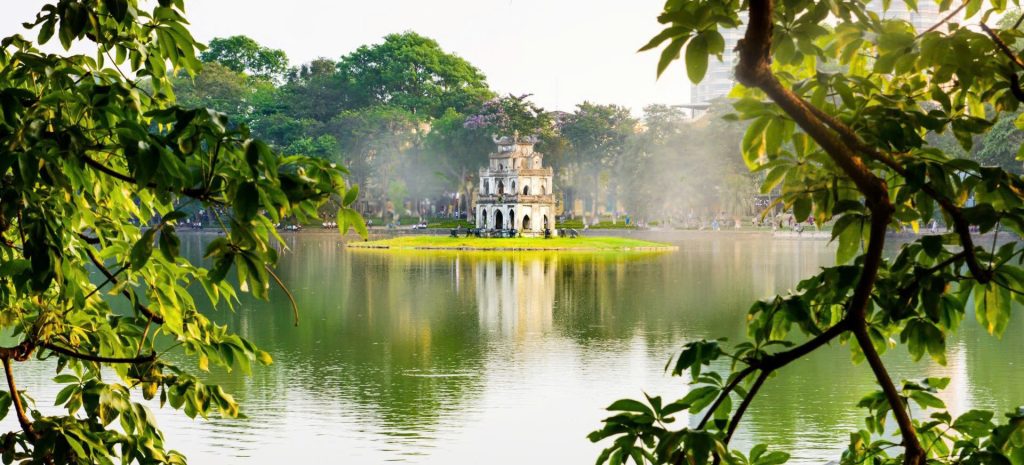
| Feature | Hữu Nghị Gate | Lào Cai Gate | Móng Cái Gate |
| Best For | Traveling to major Chinese cities (Beijing, Shanghai, Guangzhou) | Exploring Yunnan Province and its scenic attractions | Coastal adventures and local shopping |
| Nearest Vietnamese City | Lạng Sơn | Lào Cai | Móng Cái |
| Nearest Chinese City | Nanning | Hekou | Dongxing |
| Primary Route | Direct, high-volume route | Scenic route via train | Coastal, market-focused route |
| Efficiency | High | High | Moderate |
| Travel Time (from Hanoi) | ~3 hours by car/bus | ~8 hours by overnight train | ~4-5 hours by bus |
Essential Travel Tips for Your Border Crossing
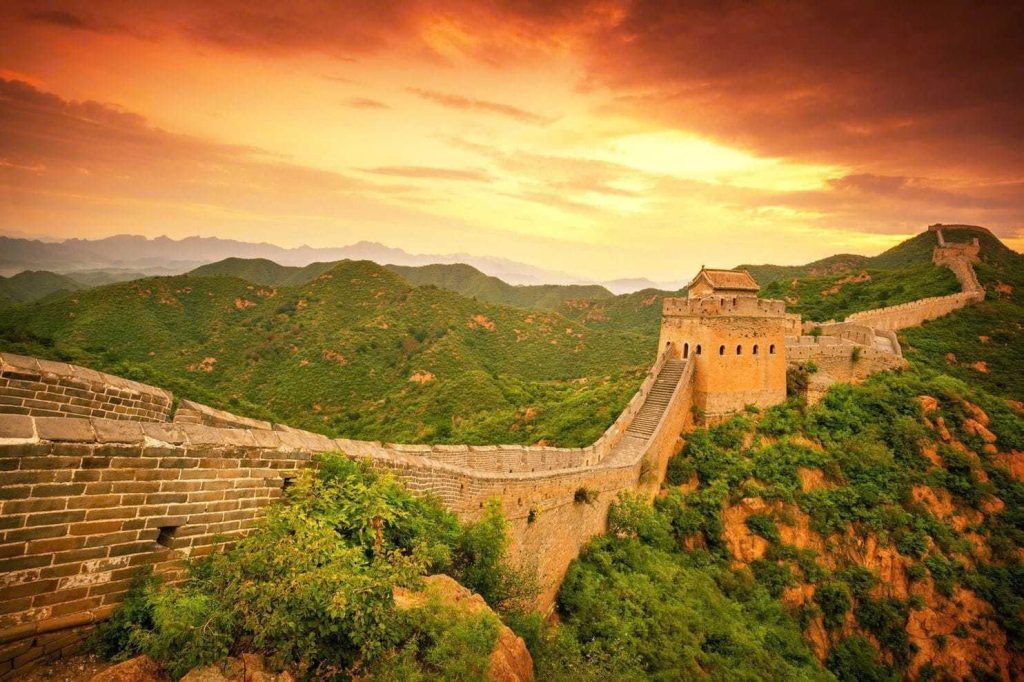
No matter which border you choose, keeping these tips in mind will ensure a smooth journey:
- Visa is Key: Always secure your Chinese visa in advance. You cannot get a visa on arrival at these land borders unless you have a pre-arranged tour.
- Documentation: Have your passport, visa, and any other required documents easily accessible.
- Time of Day: Arrive at the border during operating hours (usually 7:00 AM to 7:00 PM) and avoid crossing during lunch breaks or public holidays to avoid long queues.
- Currency: You can exchange Vietnamese Dong (VND) for Chinese Yuan (RMB) at exchange offices or banks on both sides of the border.
- Stay Safe: Be wary of unofficial porters or guides who may offer to “help” you with your luggage or paperwork for a fee. Stick to the official procedures to avoid scams.
RELATED: How to Travel from Hanoi to Beijing by Train: A Comprehensive Guide
Crossing the border between Vietnam and China is a straightforward process, but your experience heavily depends on the crossing you choose. For speed and connectivity to major cities, Friendship Pass remains the unbeatable option. If you seek scenic mountains and a more relaxed atmosphere, aim for the Hekou/Lao Cai route. Remember, checking visa requirements and customs policies just before your trip is your final, essential step to ensure a seamless transition between these two incredible nations.



